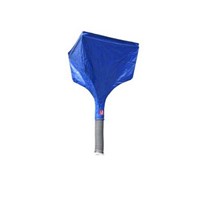Void fill is the term that describes materials used to fill empty spaces and cushion the goods in a box, protecting them from damage during freight.
Since most eCommerce freight is shipped in corrugated cardboard cartons, void-fill is an essential material. If your products are fragile, they will need to be padded with void-fill and kept still during transport. Too much empty space inside the package will cause damage so using plenty of void-fill will save you costly losses to your business.
What type of void fill do I need?
When considering the type of void-fill you need, you will be influenced by the function you want it to perform:
- Wrapped protection – fragile items wrapped individually before placed in a freight carton
- Cushioning – surrounding soft protection for your items to stop them moving and getting damaged during transit
- Bracing – stuffing the voids around your objects will keep them still during transport
- Presentation – enhance your brand and add to the unpacking experience for your customers.
Apart from its practical reasons, void-fill can be an aesthetic addition to your packaging, especially if it is made from natural and recycled materials. Presentation is important when shipping to customers. You want them to have a positive experience with frustration-free unboxing and a pleasing first impression of your choice of materials. You want to build eco-friendly credentials with your customers because they are becoming increasingly concerned about the environment. Minimising the plastic packaging they receive in the mail will help them with their recycling efforts and feel good about shopping with you.
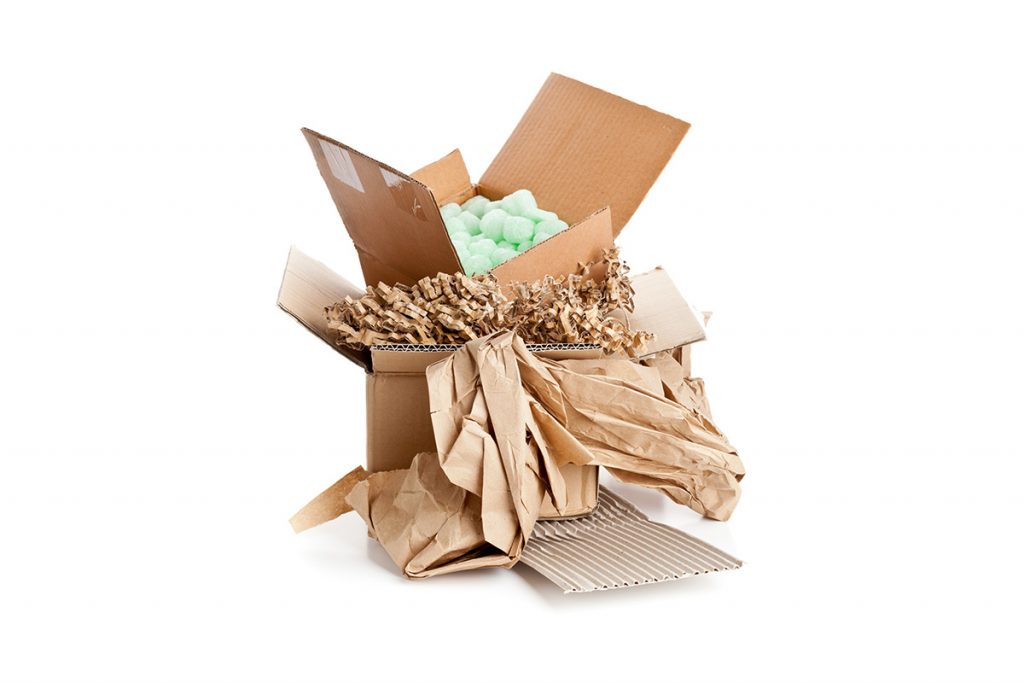
What you need to consider with void-fill:
There are some considerations to think about before you go ahead and bulk buy your void-fill.
- Is it recyclable, biodegradable, and compostable?
- Can general waste management facilities recycle and compost your void-fill?
- Is it made from non-toxic materials?
- How much storage space does the void-fill take up in your workshop/ mailroom?
- Does it need a dispenser, and will it fit neatly into your workstation?
- Is it portable for use in different spaces around the workroom?
- Is it affordable and accessible to buy?
Void fill types
Here we will look at the different eco-friendly void-fills available. There have been some innovations in the field of packaging with inventions of new materials, repurposing the used and transforming and enhancing the performance of long-term materials such as kraft paper.
Paper
Paper can be:
- Newsprint – white paper
- Kraft – brown paper that comes in different weights
- Bogus – thick grey paper made from recycled kraft and newsprint
- Indented – brown paper with textured ridges
All the above can be used for wrapping objects and scrunched up for void-fill and cushioning. Most paper fills come in a roll and there are dispensers available that are either wall-mounted or portable. Scrunching dispensers also crumple the paper for void-fill, so you don’t have to do it by hand.
Best of all paper is one of the cheapest materials you can get for your mailroom.
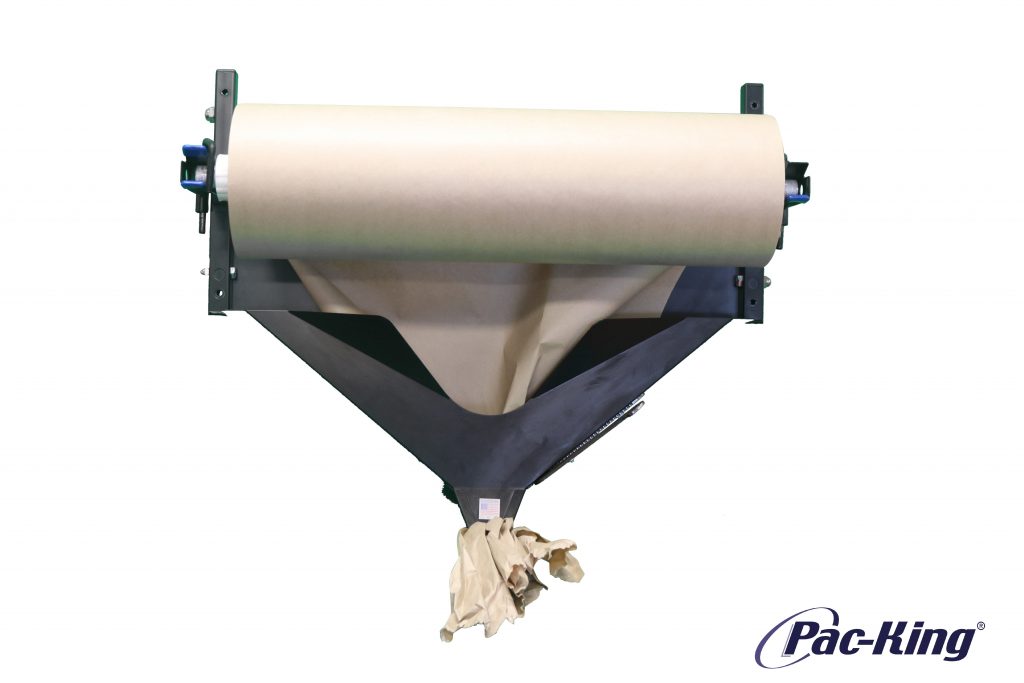
Packing peanuts
Packing peanuts are lightweight and easy filling material, able to be jiggled into all the air pockets in the carton. They provide superior shock absorption but are a nightmare to recycle.
Packing peanuts that are made from polystyrene are an environmental hazard, taking an estimated 500 years plus to break down. No recycling facility will process them so they will remain in the landfill for a long time. They consume a lot of storage space as they come already puffed with air in big bags. If a bag breaks, they are likely to float around everywhere in your work area and make a real mess.
The good news is packing peanuts now come in biodegradable and compostable materials such as corn starch.
Corrugated bubble wrap
Bubble wrap is a great cushioning material and can either be used to wrap products, line boxes or fill voids. However, it is made from plastic and is not an environmentally credible packaging material. There is an alternative solution to bubble wrap that performs just as well.
Corrugated bubble wrap is a recycled cardboard product and gets its cushioning properties from the holes and air pockets created in the corrugate. The good thing about this product is it is biodegradable and recyclable.
Eco-friendly bubble wrap
The good news is you can buy biodegradable bubble wrap. Once you dispose of it, it begins to break down. Bubble wrap performs well for wrapping items and void-fill. The lightweight bubbles provide cushioning and shock absorption during transit.
The downside is that bubble wrap comes in large rolls and takes up a fair amount of storage space. Freight costs to ship the rolls of bubble wrap to your door can be prohibitive too.
Die-cut Kraft paper
This die-cut brown paper expands into a three-dimensional honeycomb form, trapping air pockets to provide cushioning and wrapping. The hexagons lock to each other, preventing unwrapping and eliminating the use of tape to enclose your items. This material is moldable to wrap any object and is available in a recyclable cardboard dispenser. The dispenser also comes with a roll of tissue interleaf paper, so the wrapping has an aesthetic protective barrier.
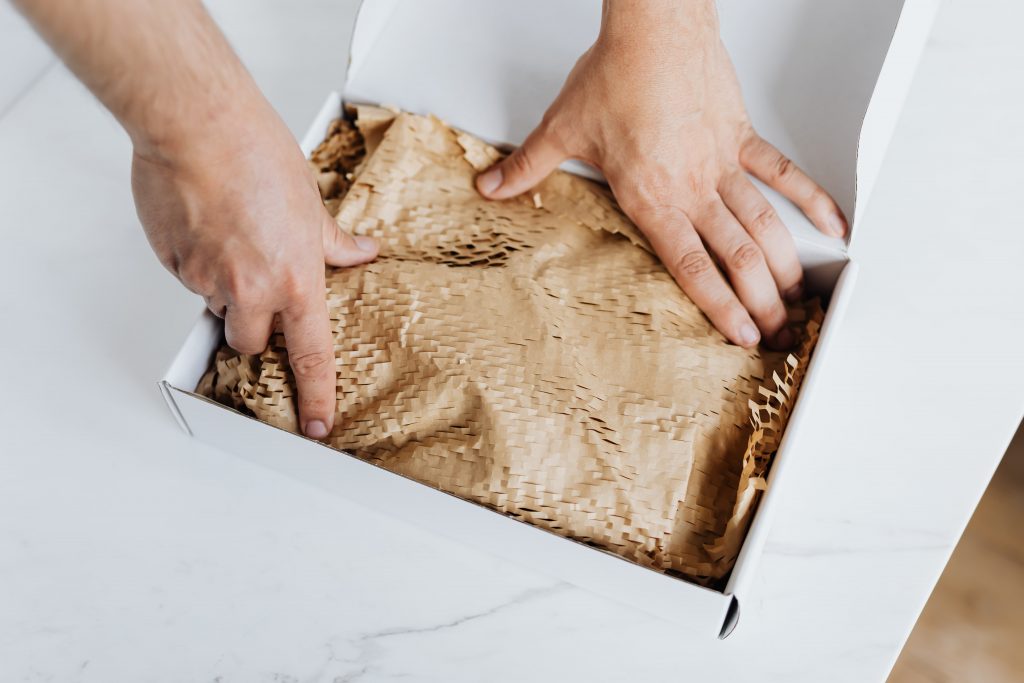
Shredded paper and cardboard
Upcycled paper and cardboard can add to the aesthetics of your packing, especially if you are going for the earthy eco look. They are also an affordable option with the benefit of being either reusable or recyclable.
Some companies produce crinkled paper shreds which adds to the volume of air trapped in the packing. Some companies produce chopped corrugated cardboard as filler which is light and cheap.
Shredded material is good for making nests for your products and filling around items to keep them shockproof during transportation.
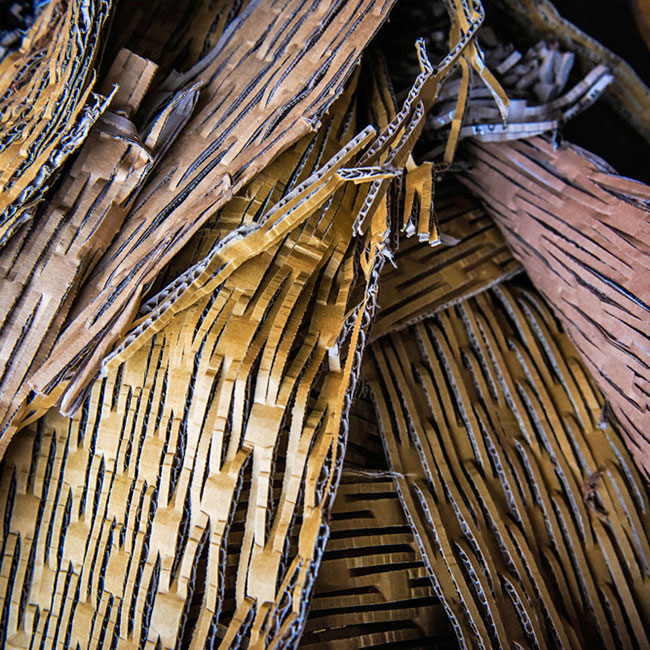
As you can see from this guide to eco-friendly void fill there are plenty of alternatives to conventional and environmentally destructive packaging and void fills that do the job just as well. Changing over materials in the company mailroom to more sustainable packaging is essential in the modern world of eCommerce.



-160x160-state_article-rel-cat.png)
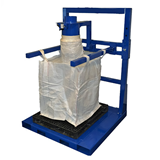

-160x160-state_article-rel-cat.png)



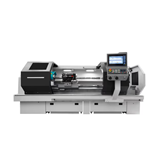
-160x160-state_article-rel-cat.png)


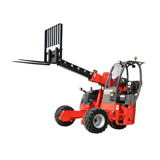





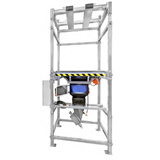
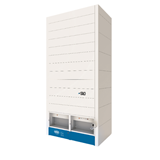

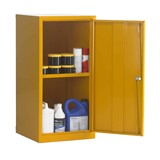
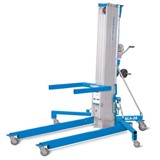

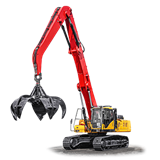

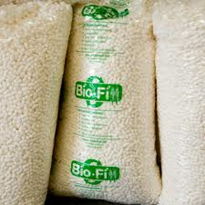

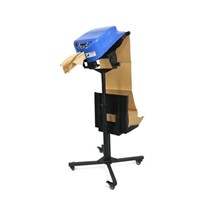

-205x205.jpg)
-205x205.jpg)



